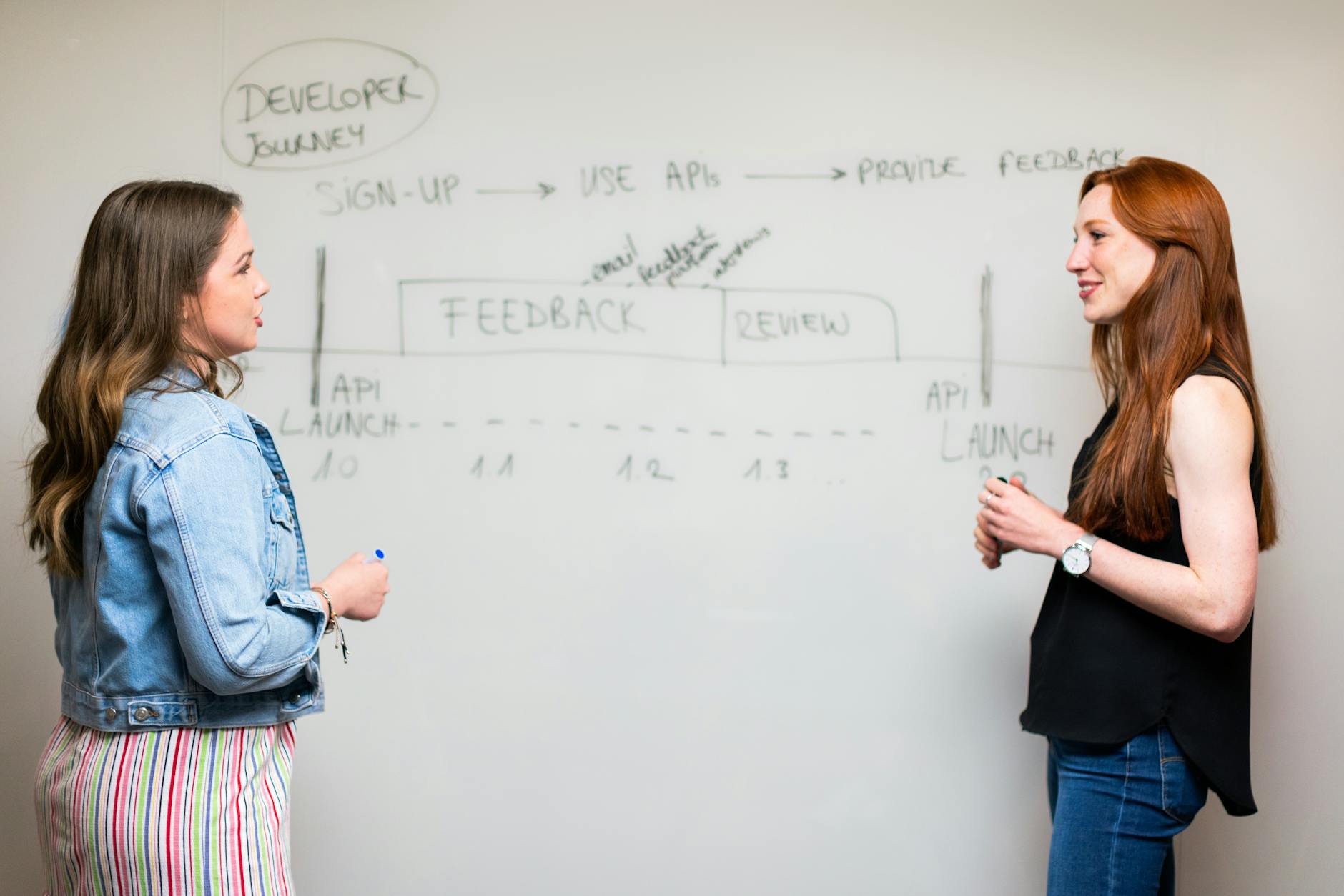
Personal Development Plan for Employees
In today’s competitive job market, personal development is not just a buzzword but a critical aspect of career growth and success. Companies recognize the value of investing in their employees’ personal and professional growth through the implementation of Personal Development Plans (PDPs). In this article, we will explore what a PDP entails, how to create one, and the benefits it offers to employees.
Introduction
What is a Personal Development Plan (PDP)?
A Personal Development Plan (PDP) is a structured framework designed to help individuals identify their strengths, weaknesses, and goals, and outline actionable steps to achieve them. It serves as a roadmap for personal and professional growth, guiding employees towards continuous improvement and success.
Importance of PDP for Employees
PDPs play a crucial role in empowering employees to take charge of their own development. By setting clear goals and objectives, employees can align their efforts with organizational objectives, leading to increased productivity, job satisfaction, and career advancement opportunities.
Understanding Personal Development
Defining Personal Development
Personal development refers to the process of self-improvement, both in terms of skills and mindset. It involves continuous learning, reflection, and growth, with the aim of becoming the best version of oneself.
Benefits of Personal Development
Investing in personal development offers numerous benefits, including improved self-awareness, enhanced problem-solving abilities, increased resilience, and better interpersonal skills. It enables individuals to adapt to change, overcome challenges, and thrive in various aspects of their lives.
Components of a Personal Development Plan
A well-designed PDP consists of several key components, each essential for guiding individuals towards their desired outcomes.
Setting Clear Goals
The first step in creating a PDP is to define clear, measurable goals. Whether it’s acquiring new skills, advancing in one’s career, or improving personal relationships, setting specific objectives provides direction and motivation.
Identifying Strengths and Weaknesses
Self-assessment is a crucial aspect of personal development. By identifying strengths and weaknesses, individuals can leverage their areas of expertise while addressing areas for improvement.
Creating Actionable Steps
Once goals and areas for improvement are identified, the next step is to develop actionable steps to achieve them. This may involve acquiring new knowledge, seeking mentorship, or attending training programs.
How to Create a Personal Development Plan
Creating a PDP involves a systematic approach that empowers individuals to take ownership of their development journey.
Self-assessment
Self-assessment involves reflecting on one’s skills, experiences, and values to gain clarity on personal and professional aspirations. It may include conducting SWOT (Strengths, Weaknesses, Opportunities, Threats) analysis or seeking feedback from peers and mentors.
Goal Setting
Based on the self-assessment, individuals can set SMART (Specific, Measurable, Achievable, Relevant, Time-bound) goals that align with their values and aspirations. These goals should be challenging yet attainable, providing a clear roadmap for success.
Action Planning
Once goals are set, it’s essential to develop a plan of action outlining the steps required to achieve them. This may involve breaking down larger goals into smaller, manageable tasks, prioritizing activities, and allocating resources effectively.
Review and Evaluation
Regular review and evaluation are critical to ensuring progress towards goals. Individuals should periodically assess their performance, adjust their plans as needed, and celebrate milestones along the way.
Implementing the Personal Development Plan
Implementing a PDP requires commitment, discipline, and resilience. Here are some strategies for effective implementation:
Strategies for Effective Implementation
- Time Management: Allocate dedicated time for personal development activities, balancing them with work and personal commitments.
- Continuous Learning: Stay updated on industry trends, best practices, and emerging technologies through workshops, seminars, and online courses.
- Feedback and Reflection: Seek feedback from peers, mentors, and supervisors, and reflect on experiences to identify areas for improvement.
- Networking: Build a strong professional network by connecting with colleagues, attending industry events, and participating in online forums.
Overcoming Challenges
While pursuing personal development, individuals may encounter various challenges, such as lack of time, resources, or motivation. It’s essential to stay resilient and proactive in overcoming these obstacles, seeking support from mentors, peers, and organizational resources.
Measuring Success
Measuring the success of a PDP involves tracking progress against predefined goals and objectives.
Key Performance Indicators (KPIs)
KPIs provide measurable criteria for assessing progress and success. These may include metrics such as skill acquisition, project completion, performance feedback, and career advancement.
Tracking Progress
Regularly tracking progress against established KPIs enables individuals to identify areas of improvement, celebrate achievements, and make informed decisions about their development journey.
The Role of Managers and Leaders
Managers and leaders play a crucial role in supporting employees’ personal development efforts.
Supporting Employees in their PDP
Managers should encourage employees to set ambitious yet realistic goals, provide resources and opportunities for growth, and offer constructive feedback and guidance along the way.
Providing Resources and Opportunities
Organizations can facilitate personal development by offering training programs, workshops, mentorship opportunities, and access to learning resources such as books, articles, and online courses.
Benefits of Personal Development Plans for Employees
Investing in personal development yields significant benefits for employees, including:
- Career Advancement: By acquiring new skills and knowledge, employees increase their employability and enhance their prospects for career advancement.
- Increased Job Satisfaction: Personal development fosters a sense of purpose, autonomy, and fulfillment in one’s work, leading to higher job satisfaction and engagement.
- Enhanced Skills and Knowledge: Continuous learning and skill development enable employees to adapt to evolving job roles, technologies, and industry trends, enhancing their effectiveness and performance.
Conclusion
In conclusion, a Personal Development Plan (PDP) is a valuable tool for empowering employees to take ownership of their growth and development. By setting clear goals, identifying strengths and weaknesses, and implementing actionable steps, individuals can enhance their skills, advance their careers, and achieve personal and professional success.
Lifelong Learning: The Path to Continuous Personal Growth
Creating Healthy Boundaries: Nurturing Self-Respect and Relationships
Building Resilience: Bouncing Back Stronger from Adversity
FAQs
- What is a Personal Development Plan (PDP)?
- A Personal Development Plan (PDP) is a structured framework designed to help individuals identify their strengths, weaknesses, and goals, and outline actionable steps to achieve them.
- Why is personal development important for employees?
- Personal development empowers employees to take charge of their own growth and development, leading to increased job satisfaction, career advancement opportunities, and overall success.
- How can managers support employees in their personal development efforts?
- Managers can support employees by encouraging goal-setting, providing resources and opportunities for growth, offering feedback and guidance, and creating a culture that values continuous learning and development.
- What are some challenges employees may face in implementing their Personal Development Plans?
- Some common challenges include lack of time, resources, or motivation, as well as resistance to change or fear of failure. However, with perseverance and support, these obstacles can be overcome.
- How can employees measure the success of their Personal Development Plans?
- Employees can measure success by tracking progress against predefined goals and objectives, seeking feedback from peers and supervisors, and reflecting on their experiences and achievements.






















